 FUJIFILM X-Pro2 (14mm, f/4, 1/1000 sec, ISO200)
FUJIFILM X-Pro2 (14mm, f/4, 1/1000 sec, ISO200)
There is no such thing as one truth when it comes to lenses. At the end it is a very personal thing. Here I want to share my favourite Fuji lenses and why I prefer them over the others.
I can only write about lenses that I own or owned (not included in the list is the XF18/2R which I sold before I wrote the article, the other lenses I sold since then). Here is the list:
- Fuji XF 14 F 2.8 R
Fuji XF 16 F 1.4 R WR
Fuji XF 23 F 1.4 R
Fuji XF 23 F 2 R WR
Fuji XF 27 F 2.8
Fuji XF 35 F 1.4 R Fuji XF 50 F 2.0 WR
Fuji XF 56 F 1.2 R- Fuji XF 90 F 2.0 WR
Fuji XF 10-24 F 4 R OIS - Fuji XF 16-55 F 2.8 WR
Fuji XF 18-55 F 2.8-4 R LM OIS
Fuji XF 55-200 F 3.5-4.8 R LM OIS Fuji XF 100-400 F4.5-5.6 WR LM OIS- Fuji XF 50-140 F 2.8 WR LM OIS
*update: meanwhile I replaced the 18-55 with the 16-55 F 2.8, the 55-200 with the 50-140 F2.8 and the 56 F 1.2 with the 90 F 2.0 but my favourites remain the same.
Primes vs. Zooms:
To get this out of the way at the beginning. Today there is no reason to choose a prime lens over a zoom just for image quality. At medium apertures all modern zooms are excellent and practicably almost indistinguishable from primes. As long as you don’t plan to shoot at fast apertures there is no reason to prefer the XF 16/1.4 WR over the XF 10-24/4 OIS (set at 16mm). At f8 or f9 the result will be practicably the same. So why limit yourself to a prime for landscapes?
But beside the fast aperture there are two more reasons why primes lenses are still relevant today: size and weight. This is especially important in the mirrorless world where size and weight were the main drivers why many of us converted to the new type of cameras.
Of course for some Fuji X-system buyers it will be their first real camera but I think the majority came from DSLRs. And many of them, like me, traded their full frame DSLRs for a smaller and lighter system. Because of that reason Fuji started the system with three small and light primes. They would have attracted far less DSLR shooters if they would have started with their f2.8 zooms. I have also four zooms but my favourite three lenses are all primes.
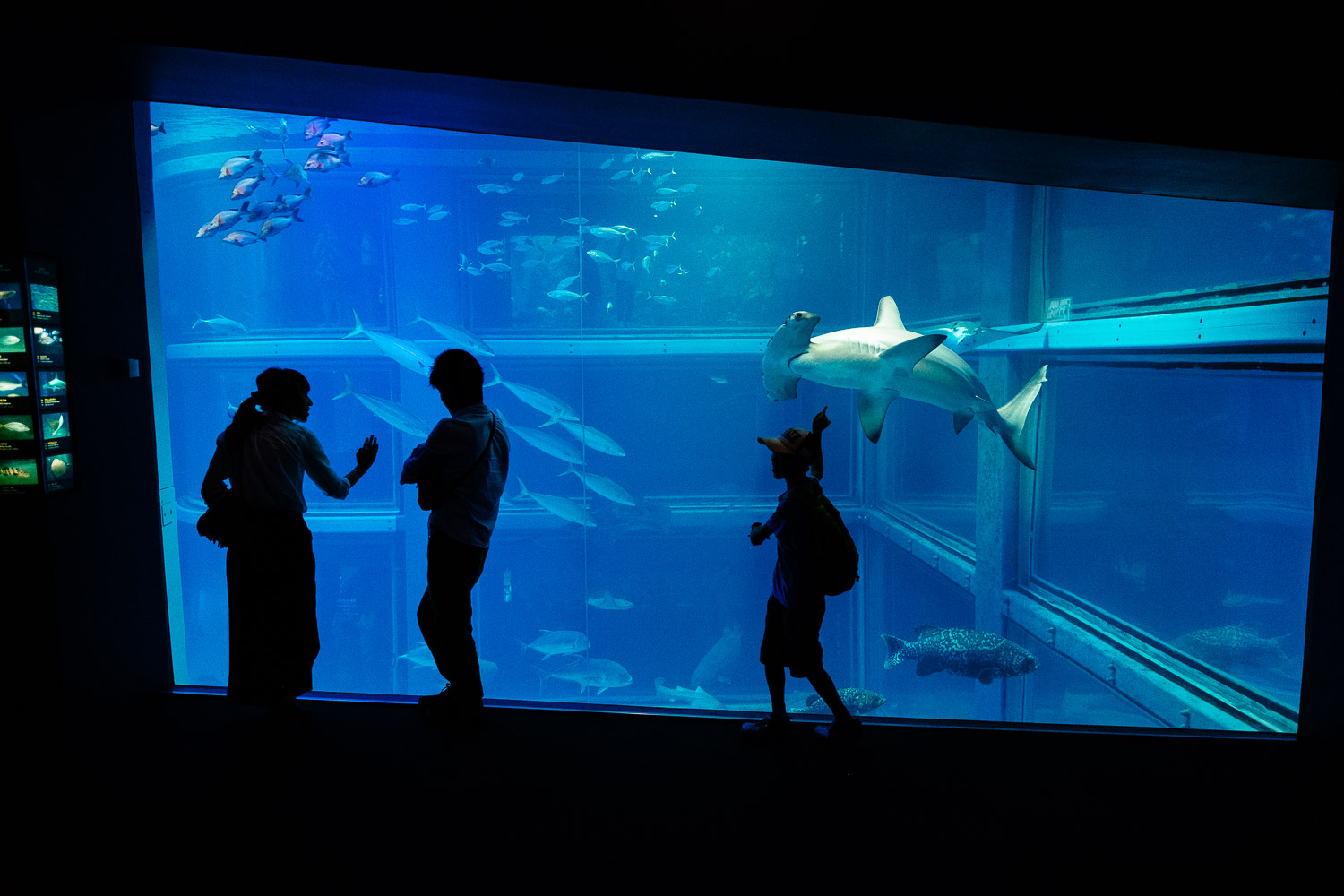 FUJIFILM X-Pro2 (14mm, f/2.8, 1/200 sec, ISO2500)
FUJIFILM X-Pro2 (14mm, f/2.8, 1/200 sec, ISO2500)
On Paper vs. Real World:
If you look at the list of my lenses you could assume that my favourites are: 16/1.4, 23/1.4 and 56/1.2. Those three are highly rated lenses and claimed to be Fuji’s best together with the 90/2. They are indeed fantastic but none of them has made it in my list.
Fuji XF 14/2.8 R:
The first lens that Fuji released after the initial three primes. I got my copy in March 2013 just before I went on my first business trip to Asia. It has become my favourite lens and it is still my favourite. Beside the annoyingly loose aperture ring and the ugly lens shade that it shares with the kit zoom I have no complaints. The lens is light and small and while AF is noisy it is very fast.
The optical performance is outstanding. Sharp already at f2.8 with super sharp corners from f4 this is one of Fuji’s best lenses. There is also zero distortion so the lens does not need to rely on software correction. But the best thing for me is that it produces more dynamic shots than a 16mm lens ever could. The little extra field of view just works for me and on the other hand it is not too wide either. The 14mm is a perfect wide angle for the crowded cities of Asia and for the narrow old towns in Europe. Of course it also works very well for architecture and interior shots.
In short: an excellent lens that works extremely well for many occasions. If you started with the kit-lens this lens will perfectly complement it. Maybe this combo is all you will ever need.
 FUJIFILM X-Pro2 (14mm, f/8, 1/80 sec, ISO320)
FUJIFILM X-Pro2 (14mm, f/8, 1/80 sec, ISO320)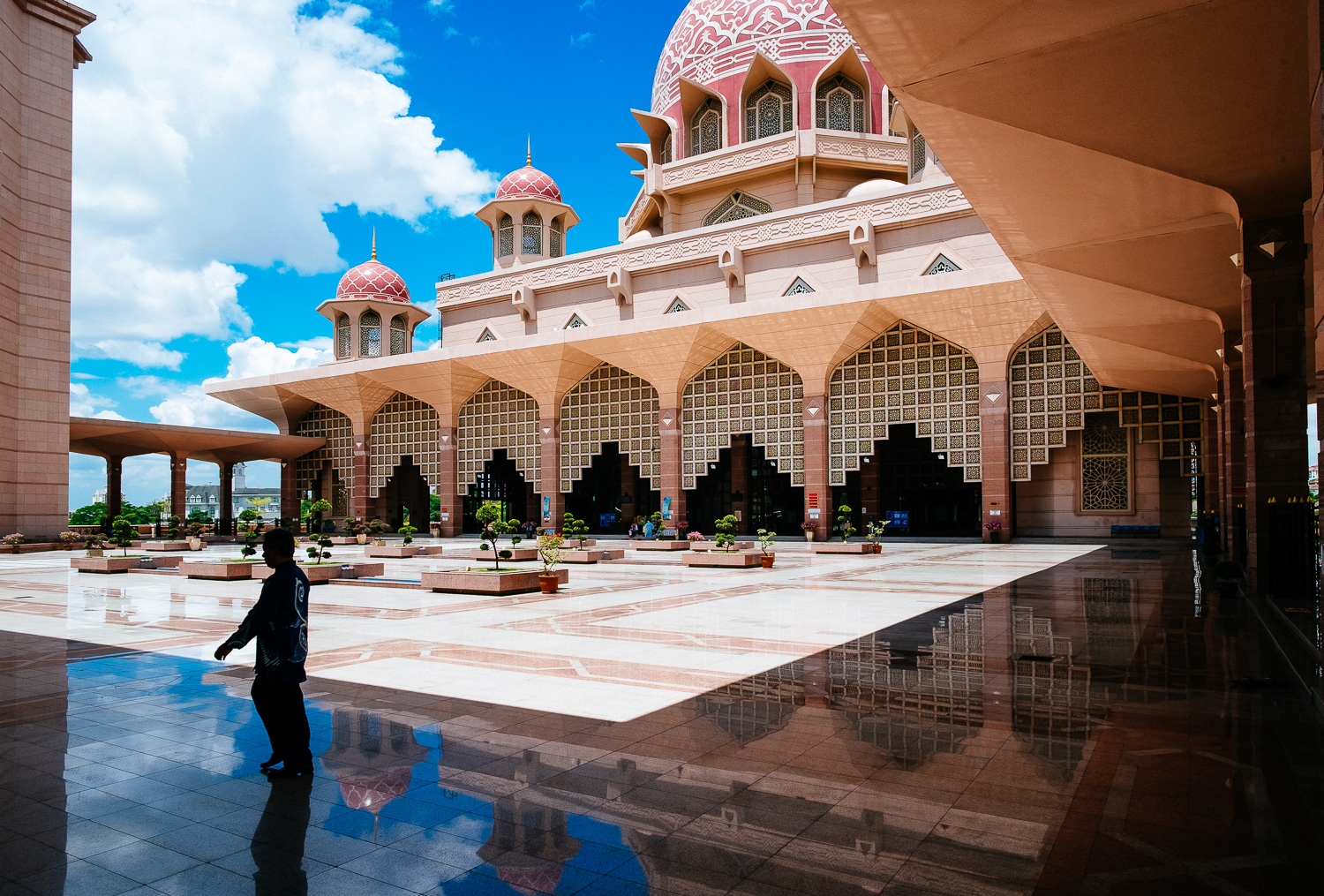 FUJIFILM X-Pro1 (14mm, f/8, 1/280 sec, ISO200)
FUJIFILM X-Pro1 (14mm, f/8, 1/280 sec, ISO200) FUJIFILM X-Pro1 (14mm, f/4.5, 1/60 sec, ISO320)
FUJIFILM X-Pro1 (14mm, f/4.5, 1/60 sec, ISO320)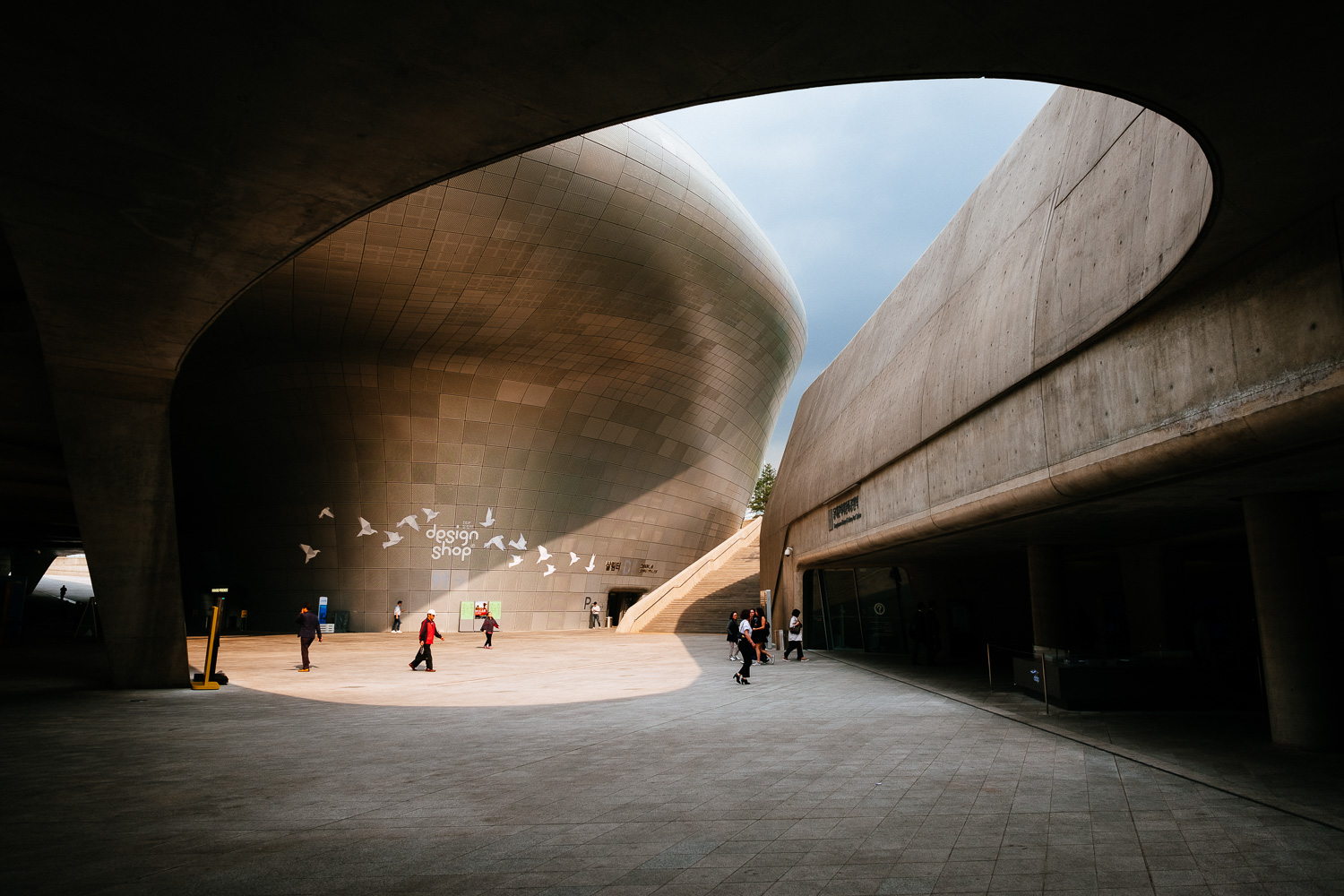 FUJIFILM X-Pro2 (14mm, f/8, 1/170 sec, ISO200)
FUJIFILM X-Pro2 (14mm, f/8, 1/170 sec, ISO200) FUJIFILM X-Pro1 (14mm, f/2.8, 1/60 sec, ISO1250)
FUJIFILM X-Pro1 (14mm, f/2.8, 1/60 sec, ISO1250)
Fuji XF 23/2 WR:
My newest lens and one that caused a lot of controversy on the net. Mainly because of the fact that it is not sharp at its minimum focus distance when shot wide open. Here is my take on that topic: I have other lenses to shoot close subjects and for me the lens is good enough for normal portrait distances of such a short lens. If you would get closer you would risk facial distortion anyway.
Why I like this lens and even prefer it to my 23/1.4? Of course there is the size, weight advantage. The 23/2 is much lighter and smaller and a much better fit to my X Pro-2 also because it does not block the optical viewfinder. And of course there is its autofocus which is much faster and more reliable than the one on the f1.4 lens. The difference is striking in low light. The 23/2 seems to have no problem to focus in very low light where the 23/1.4 often struggled or even failed to focus. Of course that all would be meaningless if the optical performance would be poor. But there is no reason to be afraid. At normal distances this lens is very, very sharp.
In short: compact and light, nice built quality, fast and reliable AF in good and in low light, super sharp and detailed images if stopped down a little.
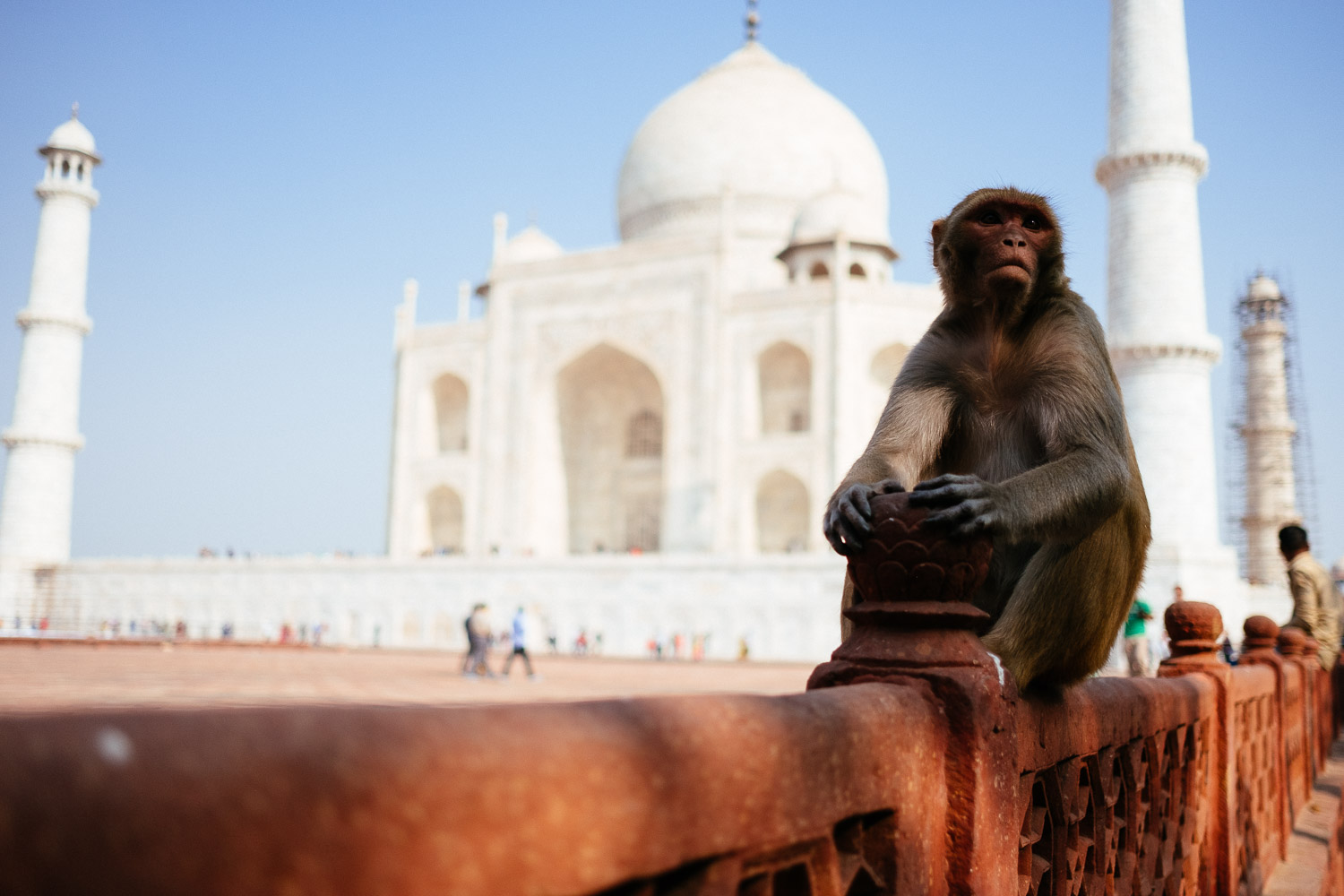 FUJIFILM X-Pro2 (23mm, f/2, 1/6000 sec, ISO200)
FUJIFILM X-Pro2 (23mm, f/2, 1/6000 sec, ISO200) FUJIFILM X-Pro2 (23mm, f/2.8, 1/125 sec, ISO2500)
FUJIFILM X-Pro2 (23mm, f/2.8, 1/125 sec, ISO2500) FUJIFILM X-Pro2 (23mm, f/5.6, 1/1100 sec, ISO200)
FUJIFILM X-Pro2 (23mm, f/5.6, 1/1100 sec, ISO200) FUJIFILM X-Pro2 (23mm, f/8, 1/100 sec, ISO200)
FUJIFILM X-Pro2 (23mm, f/8, 1/100 sec, ISO200)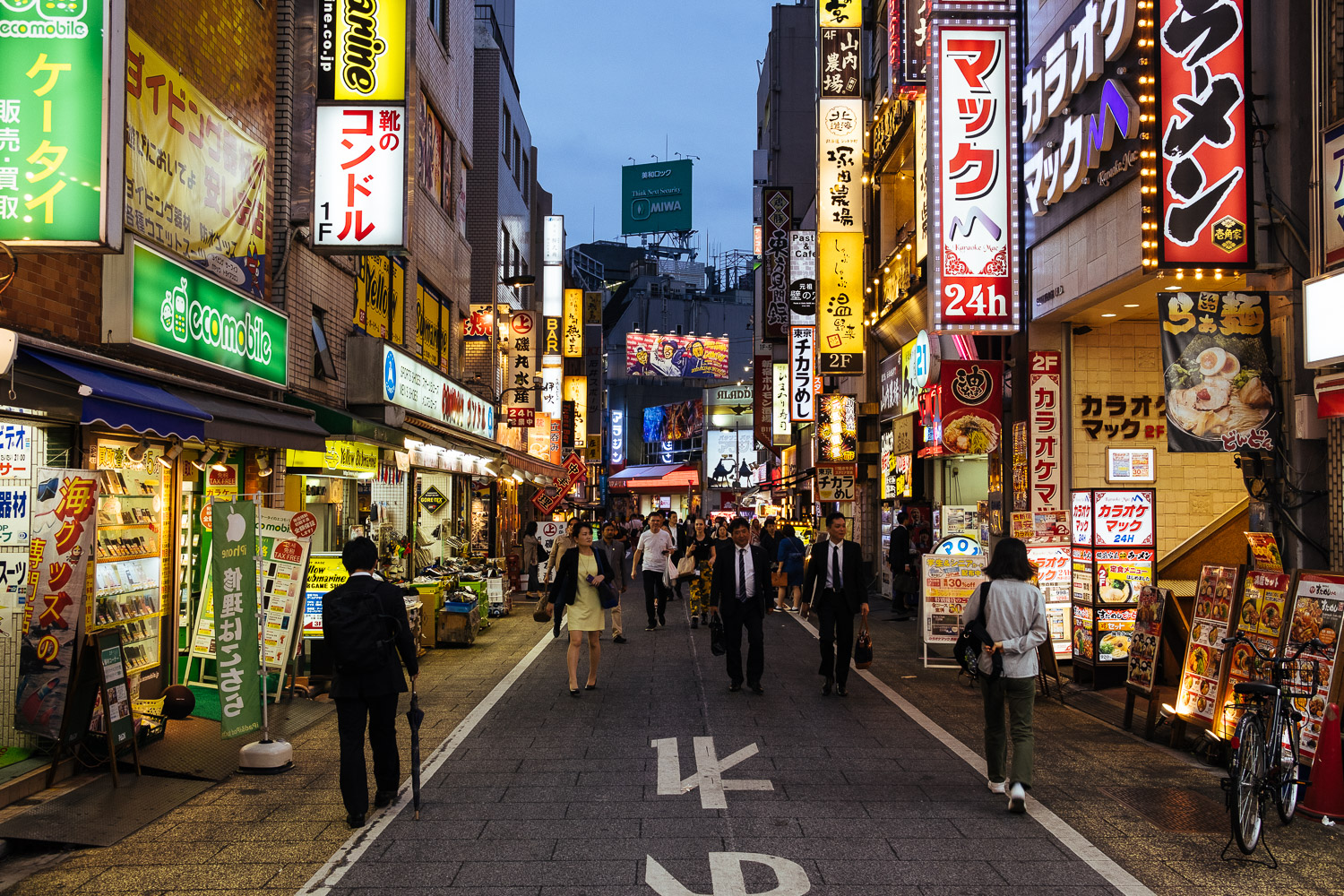 FUJIFILM X-Pro2 (23mm, f/4, 1/60 sec, ISO320)
FUJIFILM X-Pro2 (23mm, f/4, 1/60 sec, ISO320)
Fuji XF 35/1.4 R:
My oldest lens. I got it together with the XF 18/2 when I bought the X Pro-1. A love and hate relationship mainly because of its noisy and slow autofocus. For many trips I replaced it with the 27/2.8. Also not a fast focuser but I preferred the slightly wider view.
Now the 23/2 and 35/1.4 combo replaces the 27/2.8. The advantages are important enough for me to justify to bring one more lens. I always loved the output of the 35/1.4. There is something special in the rendering when shot wide open or at f2. Compared to the 23mm lenses there is no real weight advantage if you chose the slower 35mm from Fuji. Of course the newer 35mm would have faster AF and WR but I prefer to have the option to shoot at f1.4. On the X Pro-2 the lens focuses a lot faster than it did on the X Pro-1 or the X-T1. It is still not blazing fast but the difference is substantial and the lens is now perfectly usable.
In short: old but excellent, belongs to the compact and light group, rendering is truly special, AF finally fast enough on the X Pro-2.
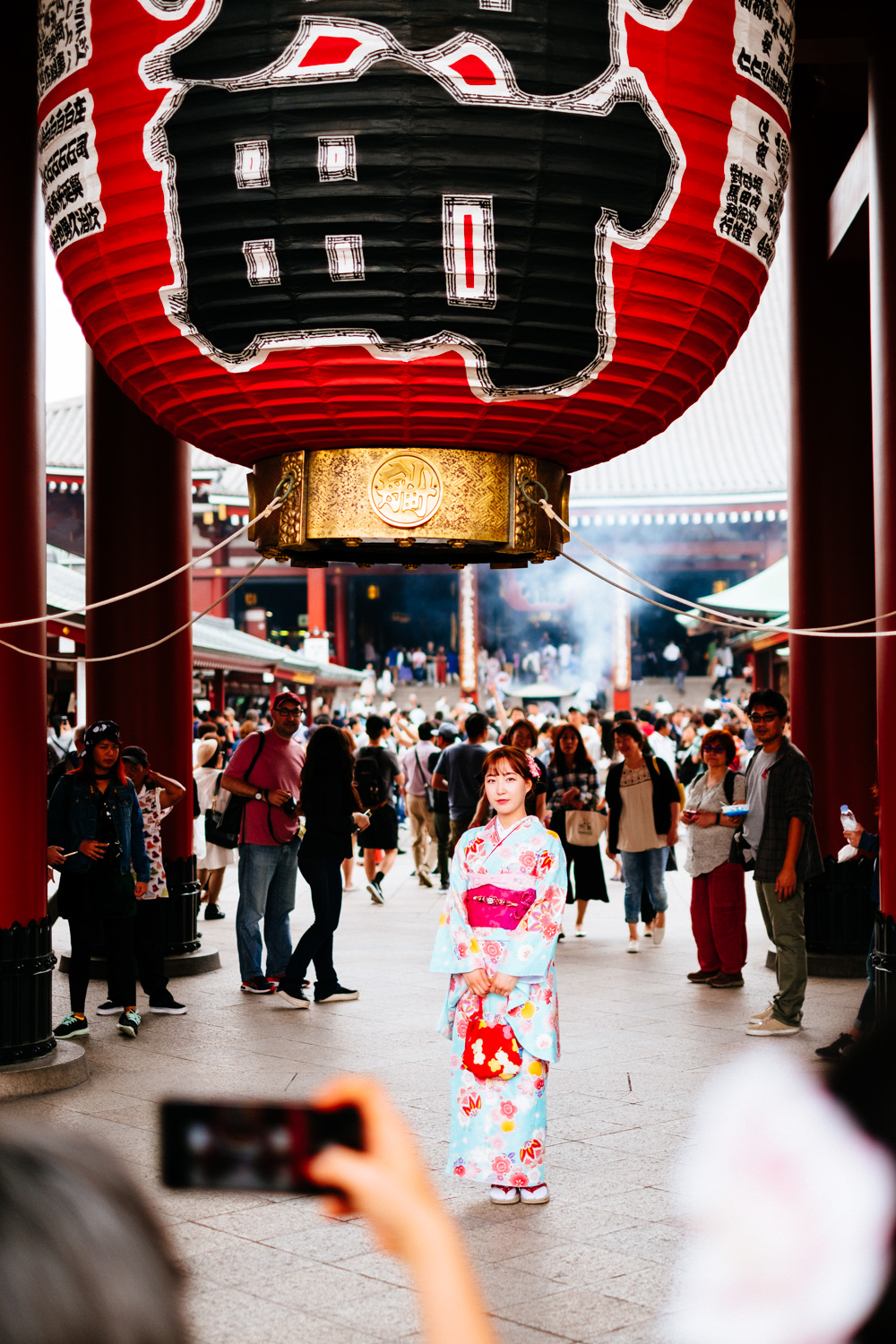 FUJIFILM X-Pro2 (35mm, f/1.4, 1/2000 sec, ISO200)
FUJIFILM X-Pro2 (35mm, f/1.4, 1/2000 sec, ISO200)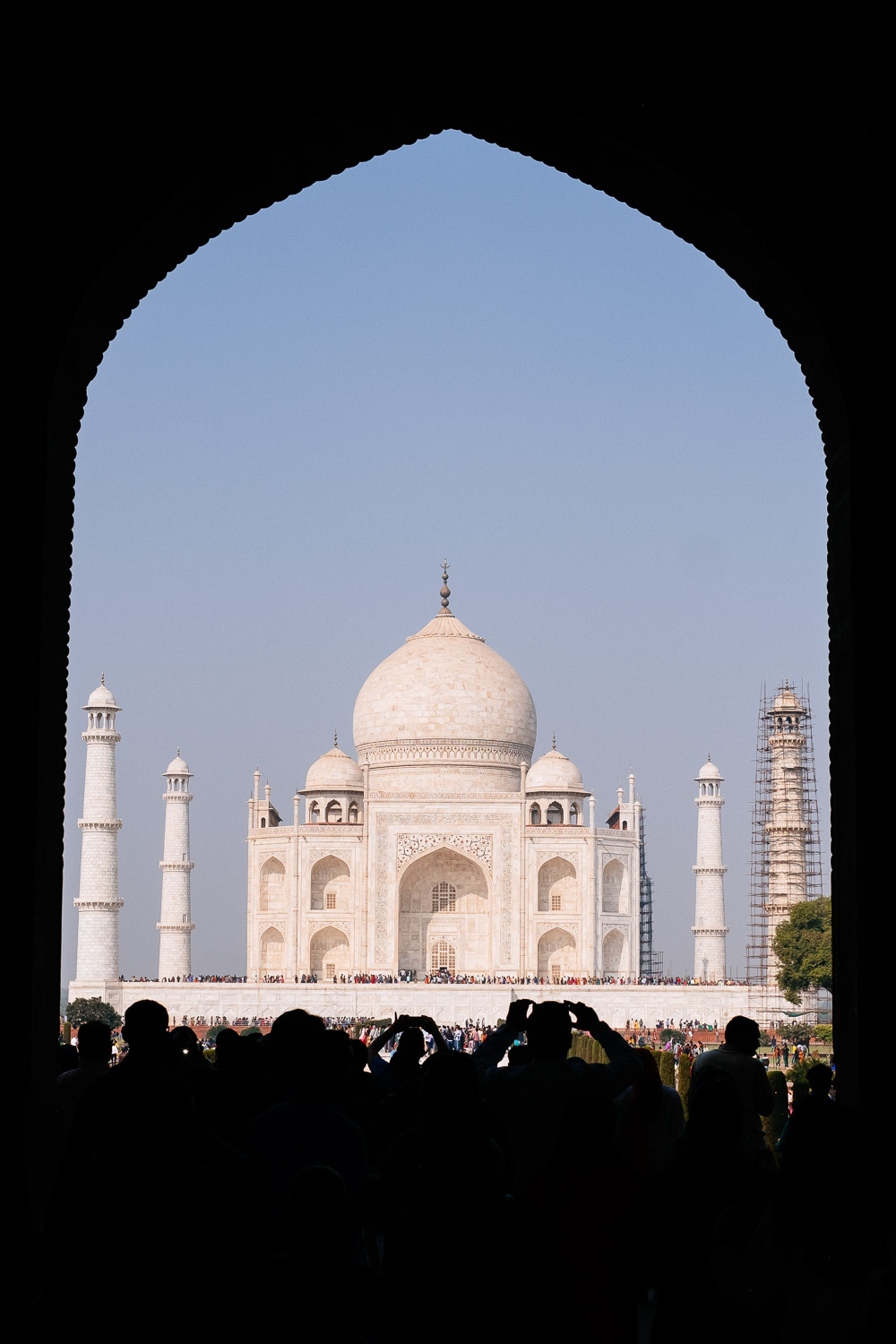 FUJIFILM X-Pro2 (35mm, f/5.6, 1/1000 sec, ISO200)
FUJIFILM X-Pro2 (35mm, f/5.6, 1/1000 sec, ISO200) FUJIFILM X-Pro2 (35mm, f/2, 1/1700 sec, ISO200)
FUJIFILM X-Pro2 (35mm, f/2, 1/1700 sec, ISO200)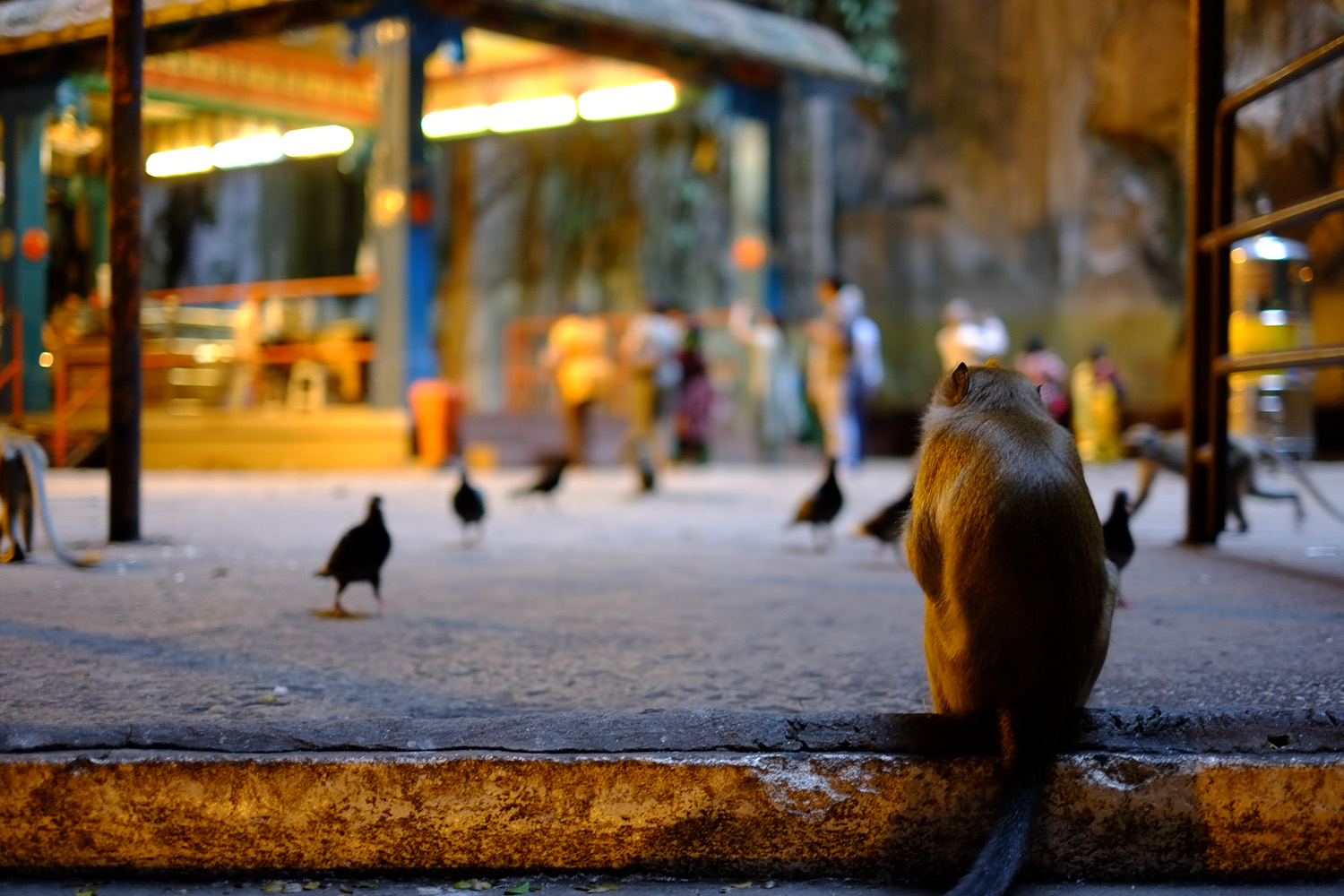 FUJIFILM X-Pro1 (35mm, f/1.4, 1/50 sec, ISO400)
FUJIFILM X-Pro1 (35mm, f/1.4, 1/50 sec, ISO400)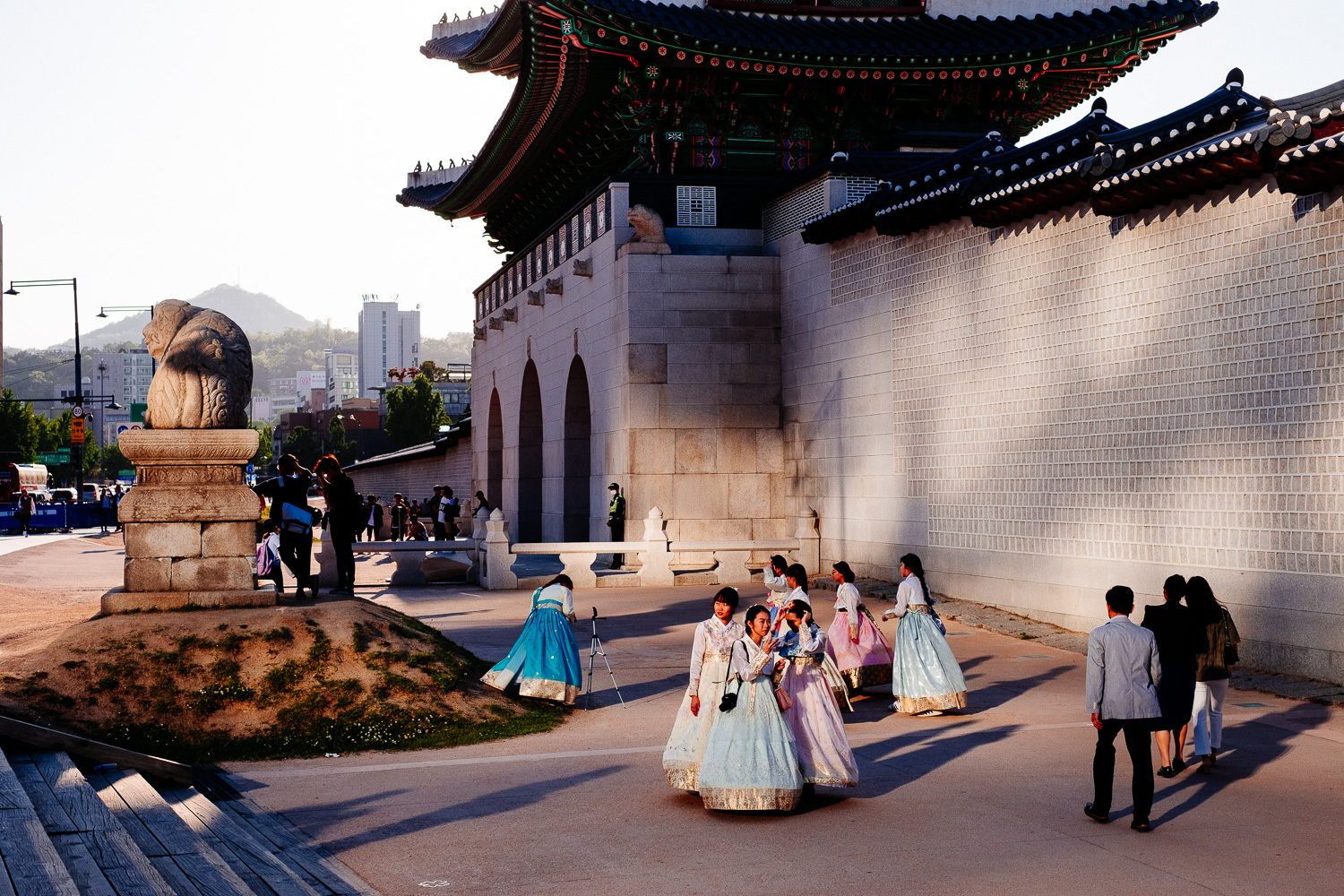 FUJIFILM X-Pro2 (35mm, f/4.5, 1/1400 sec, ISO200)
FUJIFILM X-Pro2 (35mm, f/4.5, 1/1400 sec, ISO200)
A rather short list but those are my personal favourites. They are often overlooked because other lenses look more attractive on paper but in the real world they are fantastic lenses that can give truly special results.
If you are still not convinced here are 3 strong arguments why those three are preferable to i.e. the XF16-55/2.8 R.
- 14mm is substantially wider than 16mm and wide angle shots will look more dramatic. Plus less falling buildings because you can keep the camera straight.
- The 35/1.4 allows for some real nice background separation in a normal lens. You can’t blur backgrounds as effectively with the 16-55.
- The 23/2 is super small and light. You hardly feel that there is a lens attached on the camera. The same is true of course for the lenses mentioned above.
Still in doubt: All lenses above are small and simple with smaller and less pieces of glass. They will never fog up internally in tropical countries when you step out of an air-conditioned car. A big zoom most likely will and there is nothing you can do about it except to wait until the lens is clear again. No-one feels intimidated when you point a small camera with a small lens at them.
And finally: It’s risky to rely on one lens. In case you break it you could face troubles to replace it in many parts of the world.
